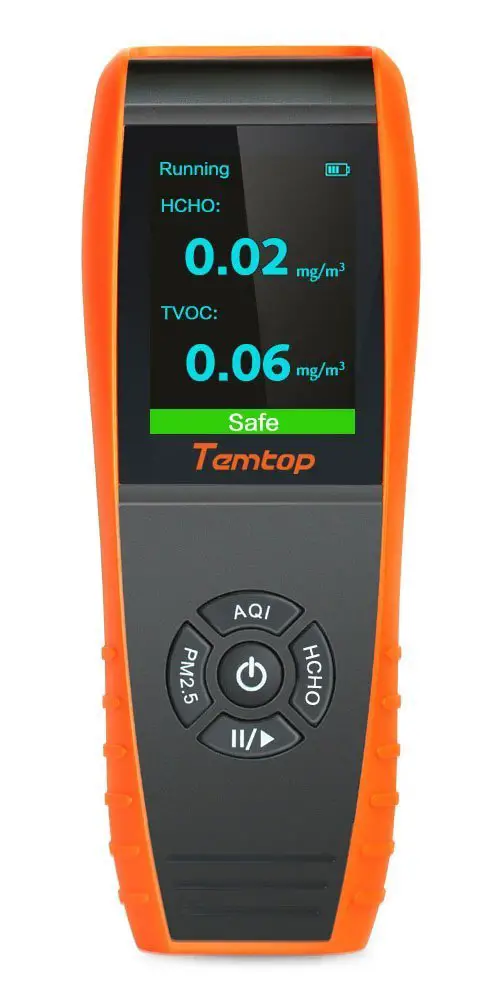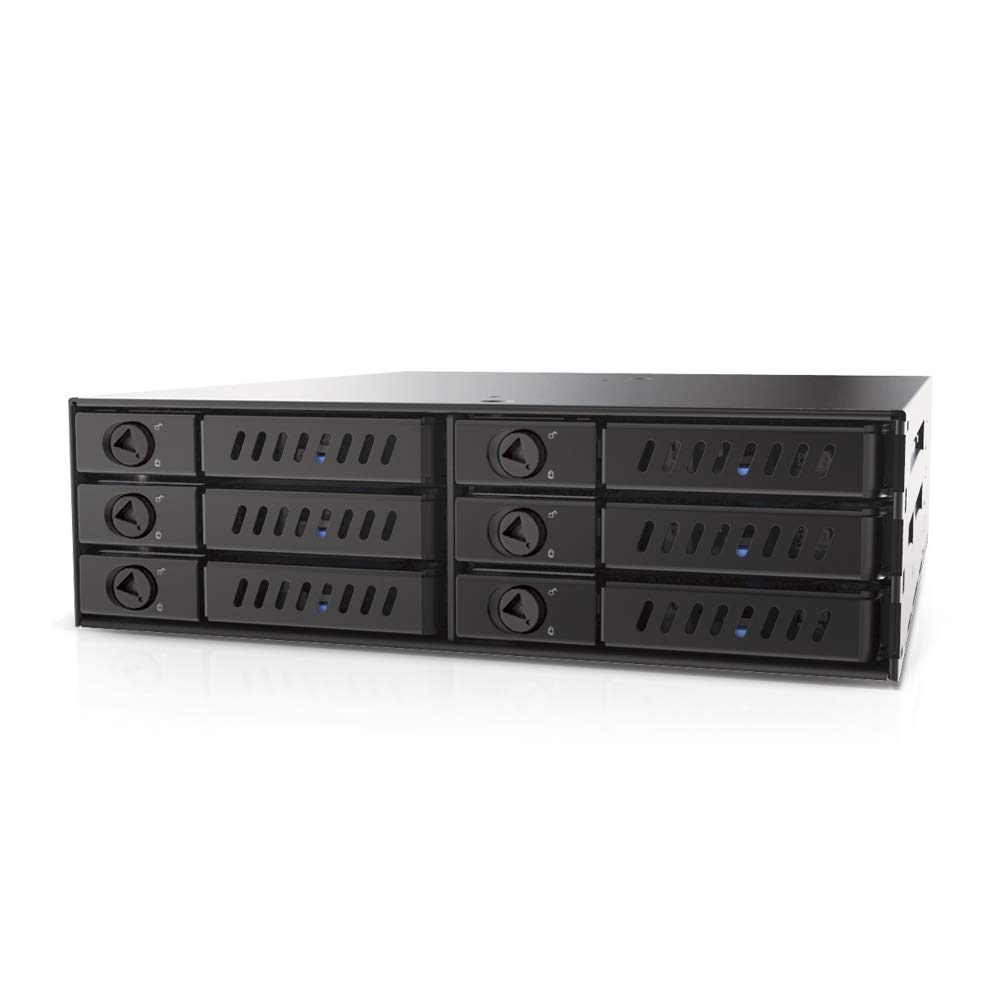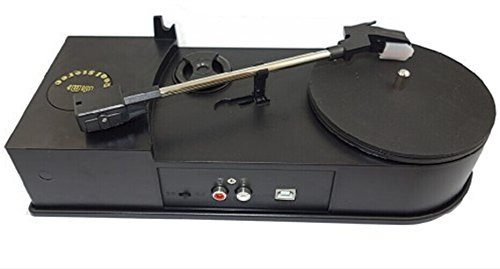; Date: Sun Sep 15 2019
Tags: Photography »»»» Infrared Photography »»»»
Most infrared photos are shot during the daytime when there is lots of light available, including infrared light from the sun. The core of any kind of photography is capturing light, so we have to think about capturing infrared light. Therefore successful night-time infrared pictures are scenes containing infrared light. For instance urban lighting has an infrared component, and it is possible to buy or build infrared illuminators which can light up a scene.
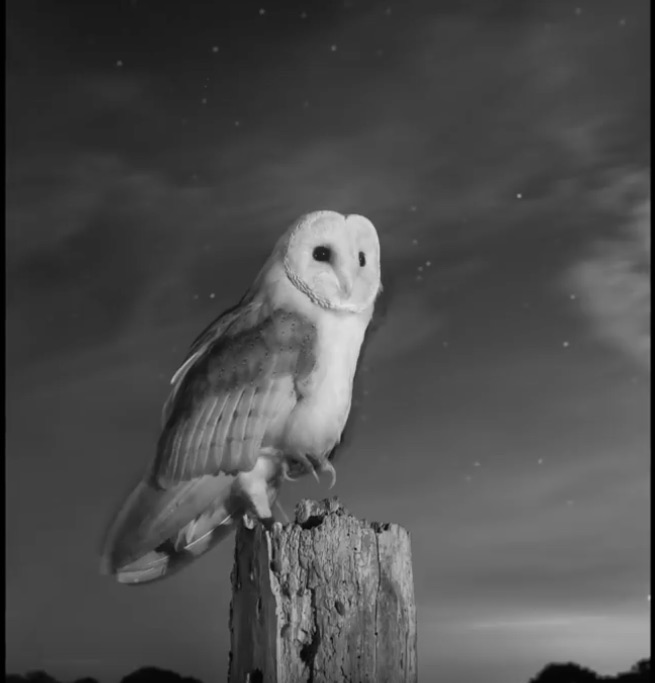
To take night-time infrared photographs there must be a source of infrared light to illuminate the scene.
Since infrared is invisible to our eyes, your instrument for detecting night-time infrared light sources is your camera. If your infrared camera see's something, that's because there is infrared light in the scene.
To learn practical knowledge about this subject I reviewed many infrared pictures on Flickr. It's clear that at night there is very little infrared light available. But scenes lit by something else, like street lights, the moon, an infrared lamp, or an infrared flash-gun, were successful as infrared photos.
Because there is so little light, you'll either rely on long exposures or else illuminating a scene with a strong infrared light. The picture above is an example of night-time wildlife photography using a regular flash-gun with an infrared filter so as not to disturb or blind the wildlife.
"Night vision" systems often use an infrared illuminator. Since the infrared is invisible to people, and many/most animals, a scene can be illuminated without disturbing anyone, but still be visible with equipment that can see infrared.
Many of the pictures did not look infrared-like. If we come to infrared photography to produce pictures with otherworldly colors, we might be disappointed. A normal street scene might in infrared might look like any other street scene shot with normal camera gear.
But some striking results were achieved with 550nm and 590nm filters, especially with a combination of lit city-scape along with a full moon hanging in the sky. These filters allow a significant amount of visible light, along with the infrared.
A most interesting picture with a strong infrared effect was storm clouds rolling in at dusk. The clouds were already an orange/red color because that's what happens to clouds at dusk, but with the infrared filter that turned into a crimson red color giving the clouds a very interesting visual effect.
Mirrorless cameras can be very useful for infrared photography. First, because there can be light leakage through the viewfinder of a DSLR. We might not notice the leakage in regular photography because of the short exposure, but 30 second exposures are common with infrared making leakage a problem. Mirrorless cameras do not have this problem by design. Further, with a mirrorless camera you're focusing using the exact image the camera see's giving you greater precision.
The moon is a surprising source of infrared light for night-time shots. But, consider, that moonlight is reflected sunlight and therefore it obviously has an infrared component. Likewise the stars emit infrared light. Therefore wait for a bright moon-lit night, open up the shutter for a long exposure, and see what you get.
Avoiding star trails with long exposures of the night sky
Long exposures of night-time sky will of course risk generating star trails. You may want the star trails, or not, depending on your preference. To avoid star trails there is a rule of thumb - the "500 rule" - which is to divide 500 by the lens focal length to get the maximum shutter time in seconds.
25mm focal length
500 / 25mm = 20 seconds exposure
The focal length is to be calculated related to the "full frame focal length". For a cropped sensor camera, like a mirrorless camera, you'll already know the amplification factor for your camera. A micro-4/3rds camera has an amplification factor of 2, for example, therefore a 25mm lens on micro-4/3rds is effectively a 50mm lens, so
500 / 50mm = 10 seconds exposure
Shooting infrared street scenes at night
There are lots of examples on Flickr of street scenes shot in infrared. Unfortunately I have not found one allowing for republishing.
Ville Organique -- This is a street scene in Paris, shot along the Seine River, with the Eiffel Tower in the background. The street lights, building lights, and lights on the tower, all stand out very well, and are clearly infrared sources.
Paris vintage 02 This is that pyramid-thing added outside the Louvre Museum in Paris, shot at night with an infrared camera. Again the lights in the pyramid thing, and on the buildings in the background, show up very well.
Miri at night This is a street scene that looks to be along a waterfront. The streets are well lit, and given the light trails, there were cars driving along the street. On the left is a very dark area, with reflections from lights making it look like light reflecting on the water. With this picture one doesn't see much to make it stand out as an infrared photograph, since a regular photograph would probably look like this.
Schuylkill (IR) Going by the name, this is in Philadelphia. It shows a roadway along a river with buildings in the background, and it appears to have been shot at dusk.
haunted house The photographer says he wanted to create a haunted house look. It is an old farmhouse in Normandy France, with a flashlight helping to light the house, and in the sky the stars and Milky Way are shining in brilliance. The exposure was 15 seconds, with ISO set to 3200, demonstrating how little light is visible in the scene.
Washington Monument This picture of the Washington Monument was shot in the evening. There is plenty of light along the reflecting pond so the trees stand out, but the centerpiece is the Washington Monument itself. Remember that the monument is well lit, and in infrared it has a wonderfully strange green/orange hue.
Shooting infrared scenes at night lit by moonlight
Remember that moonlight is reflected sunlight. The moon does not emit its own light, instead the light we associate with the moon is reflected from the sun. This means that some degree of infrared light is illuminating any moonlight scene.
Star Trails, Silver Lake Sand Dunes This is a beautiful scene of stars moving through the sky, and in the foreground is an old tree branch. The branch must be lit with something, perhaps an infrared flashlight. But for the stars to show up says that they all emit infrared light.
Moonrise (IR) This was shot in Philadelphia, perhaps in the dusk, with the moon rising in the background. This is therefore a combination of a street scene, with a lit moon. Both elements demonstrate that street lights emit infrared light, and the moon reflects infrared. Appears to be a 6 second exposure. This is a 6 second exposure at f/8 on a Nikon D800.
Philly City View 1 (IR) Another evening moonlit view of Philadelphia in infrared. The exposure was 0.7 seconds at ISO 400. Like before the buildings are well lit, demonstrating that these lights have lots of infrared. The clouds in the background are well lit, probably by the moonlight, but possibly from city lights.
My Wilderness This is a night-time wilderness scene, stars are visible in the sky, and the landscape is well light presumably by the moon.
Clouds of Fire This stunning image shows a thunderstorm system rolling in in West Texas. The thunderstorm was "rolling in away from the sunset" according to the photographer, and it appears this was shot with a 470nm filter. The result was crimson red clouds - to the naked eye the clouds would have been red/orange and with a 550nm IR filter red colors become a crimson red.
Infrared Photography In The Moonlight Goes over some theory of infrared photography, then gets to the business of landscapes lit by infrared. It was difficult to focus because no visible anything could be seen through the viewfinder. Therefore he relied on manual focusing to infinity. It appeared that the infrared light in moonlight was different than the infrared in sunlight.
Shooting infrared light at night with an infrared illuminator
In this example a wildlife photographer set up a camera system in a field in Essex England. He used a Nikon DSLR modified for infrared photography, a "stump" that he hoped wild barn owl's would use as a hunting perch, a regular flashgun modified to with an infrared filter to emit only infrared light, and a motion detector that then triggers the flash and camera to take a picture.
The picture at the top was captured at night - notice the stars in the sky - showing a barn owl perched on the stump. The owl was well-lit using the infrared flash gun.
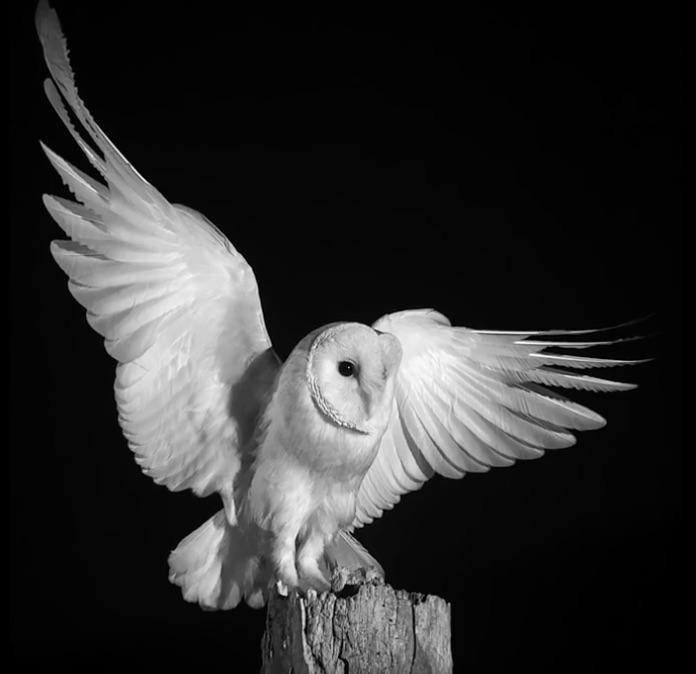
In this example we're shown a method to blind a night vision camera. These camera's shoot in the infrared spectrum. Someone wearing an infrared LED produces an effect in the camera making it impossible to see anything in the vicinity of the LED.
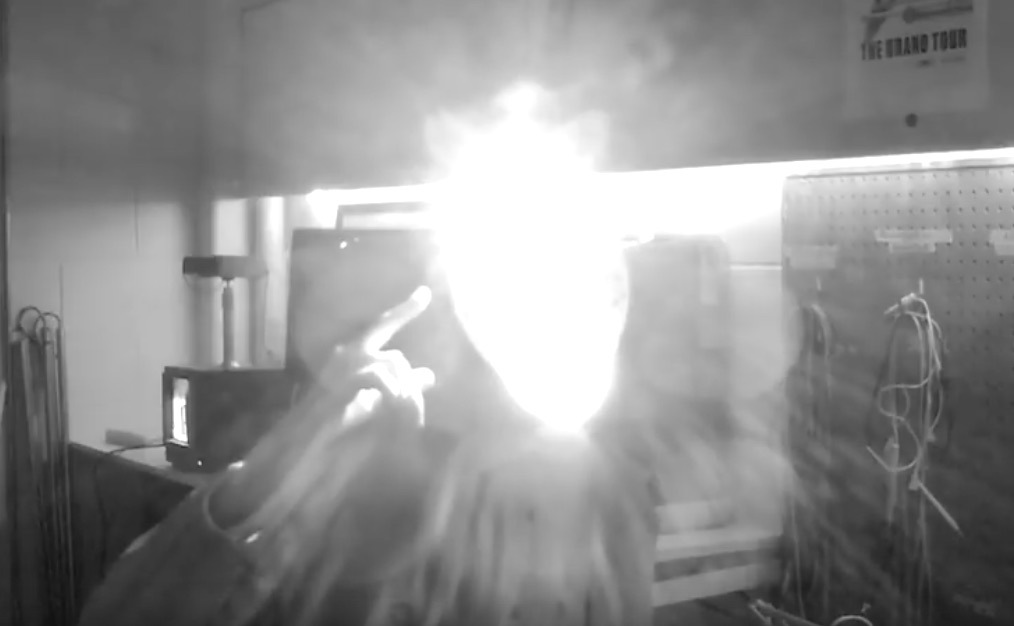
What's happening is that night vision cameras work on a combination of light amplification and infrared photography. In this example the guy mounted a small 3 Watt infrared LED on a baseball cap and turned it on. That was enough to wash out anything the camera could see. Anyone viewing video recorded from this camera would know someone was there, but unable to identify anything because the picture is so washed out.



